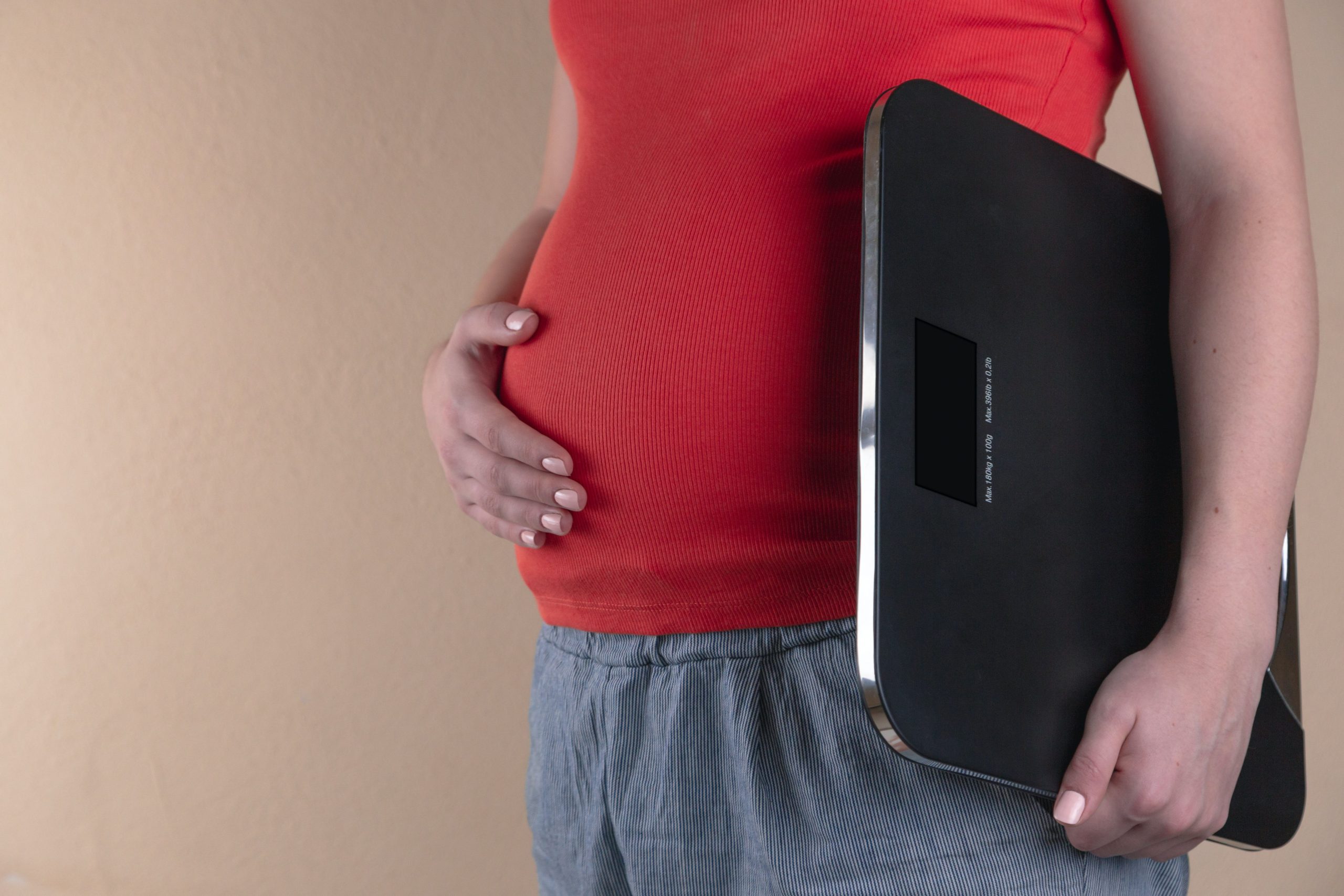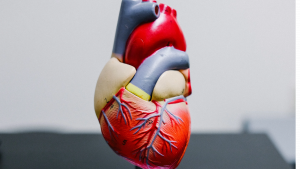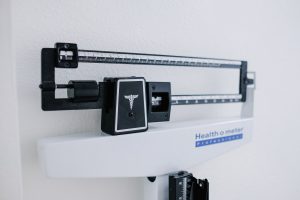The influence of teenagers ingesting ultra-processed meals on the risk of obesity has been estimated by researchers at the University of Sao Paulo.
The study’s findings were published in the ‘Journal of the Academy of Nutrition and Dietetics.’
The 2011-16 National Health and Nutrition Examination Survey included 3,587 adolescents aged 12 to 19. (NHANES). They separated research participants into three groups based on how much ultra-processed food they consumed.
Also Read | US airlines and public transit to drop covid mask mandate
When they compared those with the highest level (64% of the total diet by weight on average) to those with the lowest level (18.5%), they discovered that the former were 45% more likely to be obese, 52% more likely to have abdominal obesity (excess fat around the waist), and 63% more likely to have visceral obesity (excess fat on and around the abdominal organs, including the liver and intestines), which correlates closely with the development of high blood pressure, coronary artery disease, type 2 diabetes, dyslipidemia (high cholesterol), and a heightened risk of death.
“There is substantial scientific evidence of the negative role of ultra-processed foods in the obesity pandemic. This is very well-established for adults. With regard to young people, we’d already found that consumption of these products is high, accounting for about two-thirds of the diet of adolescents in the US, but research on the association between consumption of ultra-processed foods and health outcomes, including obesity, was scarce and inconsistent,” Daniela Neri, the article’s first author, stated.
Also Read | China President Xi Jinping says ‘must not relax COVID control’ amid wide concerns
“Generally speaking, ultra-processed food and drink contain chemical additives designed to make the products more appealing to the senses, such as colourants, aromatizers, emulsifiers and thickeners. Many ultra-processed foods have high energy density and contain a great deal of sugar and fat, all of which contributes directly to weight gain ” Neri said.
“But even low-calorie products such as diet drinks can favour the development of obesity in ways that go beyond nutritional composition, such as by interfering with satiety signalling or modifying the gut microbiota,” she added.
They utilised data gathered using a procedure known as 24-hour food recall, in which respondents are asked to describe all meals and beverages ingested in the previous 24 hours, including quantities, timings, and locations. The majority of the participants in the study (86%) were questioned twice on this issue, with a two-week gap between interviews.
Also Read | Follow this morning routine to kick-start your day the right way
Based on this information, the teenagers were separated into three groups: those whose diet contained up to 29% ultra-processed foods, those whose diet contained 29% to 47% ultra-processed foods, and those whose diet contained 48% or more ultra-processed foods.
“Total obesity risk was estimated on the basis of body mass index, or BMI, which is weight [in kilos] divided by height squared [in meters],” Neri explained.
“We used waist circumference to assess abdominal obesity, and sagittal abdominal diameter, a less well-known parameter, as a proxy for visceral obesity,” she explained.
Also Read | China stalls on bailing out Sri Lanka, Pakistan as debt soars
She added that measuring sagittal abdominal diameter is an indirect and non-invasive approach to estimating the quantity of visceral fat. “The subject lies down and we use a calliper or magnetometer to measure the distance between the top of the gurney and the region of the belly button. The softer subcutaneous fat falls to the sides, and the visceral fat, which is harder, stays in place. This approach avoids possible measuring errors that could be caused by skin folds in the region of the waist.”
The study’s data was derived entirely from NHANES surveys performed between 2011 and 2016. The findings, according to Neri, may be applied to Brazilian teenagers, who are likewise exposed to ultra-processed meals at a young age, but to a lower level than their American counterparts.
“Brazil doesn’t conduct surveys of adolescent nutrition that also collect anthropometric data in person. Nationwide surveys of this kind are very costly and require continuous funding. We do have a few similar surveys, but they’re simpler,” Neri said.
Also Read | Why a morning person leads a more healthy life than a night owl
Vigitel, an annual nationwide survey undertaken by the Health Ministry to track chronic illness risk and prevention, is one example. It involves telephone interviews with over eighteens. According to the most recent statistics from this poll, published in January 2022 by the Institute for Health Policy Studies (IEPS), adult obesity in Brazil nearly quadrupled from 11.8% in 2006 to 21.5% in 2020.
The Consumer Expenditure Survey (POF) performed by the IBGE, the national statistics office, obtained data on teenagers’ and adults’ food habits but not on their health.
According to the most recent POF, conducted in 2017-18, more than half (53.4%) of the average Brazilian’s daily calorie intake comes from fresh foods such as vegetables, fruit, meat, and milk, or minimally processed foods such as grains and flours, 15.6% from processed ingredients such as sugar, salt, and olive oil, 11.3% from processed foods such as cheese, artisan bread, and fruit and vegetable conserves, and 19.7% from ultra-processed foods. According to survey data, ultra-processed foods account for 27% of calorie consumption in teenagers, and 15.1% in those over the age of 60.
In another NUPENS study, researchers compared diet data from Brazilian teenagers from the 2017-18 POF to similar data from Argentina, Australia, Chile, Colombia, Mexico, the United Kingdom, and the United States.
Also Read | Can magic mushrooms treat depression? Here’s what studies say
Ultra-processed foods accounted for 19% of energy consumption in Colombia, 27% in Brazil, 68% in the United Kingdom, and 66% in the United States. According to Neri, despite the proportional diversity, the influence of ultra-processed meals on diet quality was similar across all groups studied.
“In this study, too, the subjects were divided into groups according to their consumption of ultra-processed foods. We observed a deterioration in the quality of their diet as the proportion of ultra-processed foods increases, boosting energy density and sugar content, and reducing fibre content. The negative effect is very similar across all countries regardless of the proportion of ultra-processed foods, region or culture,” she stated.
Although rice and beans remain the basic diet for the majority of Brazilians, a 2019 poll commissioned by the Health Ministry found that consumption of ultra-processed foods is common even among children under the age of five. More than 80% of all youngsters in this age range consume these goods on a daily basis.
“Children who consume these products have proportionally less room to consume fresh produce or minimally processed foods at a time when dietary habits are being formed,” Neri added.
Also Read | Johnson & Johnson ordered to pay $302M in pelvic mesh suit
“By being exposed to these obesogenic foods, children and adolescents are being programmed for future health problems. It’s extremely worrying,” she continued.
Families cannot be held solely responsible for regulating this exposure, which necessitates a change in the current nutritional system as a whole. “We must go beyond consumer education by taking public policy action on several fronts,” Neri added.
“Different strategies are possible, such as placing restrictions on advertising, especially when it targets children, and raising taxation on ultra-processed food products while at the same time improving access to fresh produce. Another vitally important measure would be to require manufacturers of these products to include clearer information on labels to help consumers make better,” she continued.







